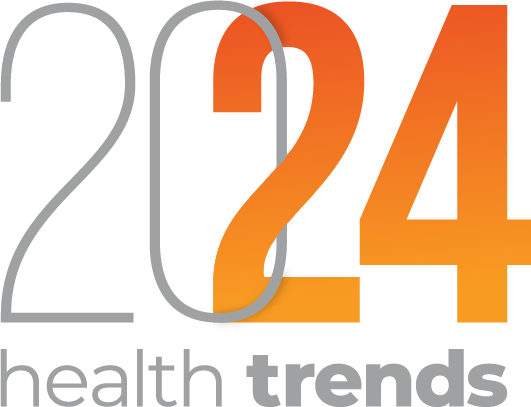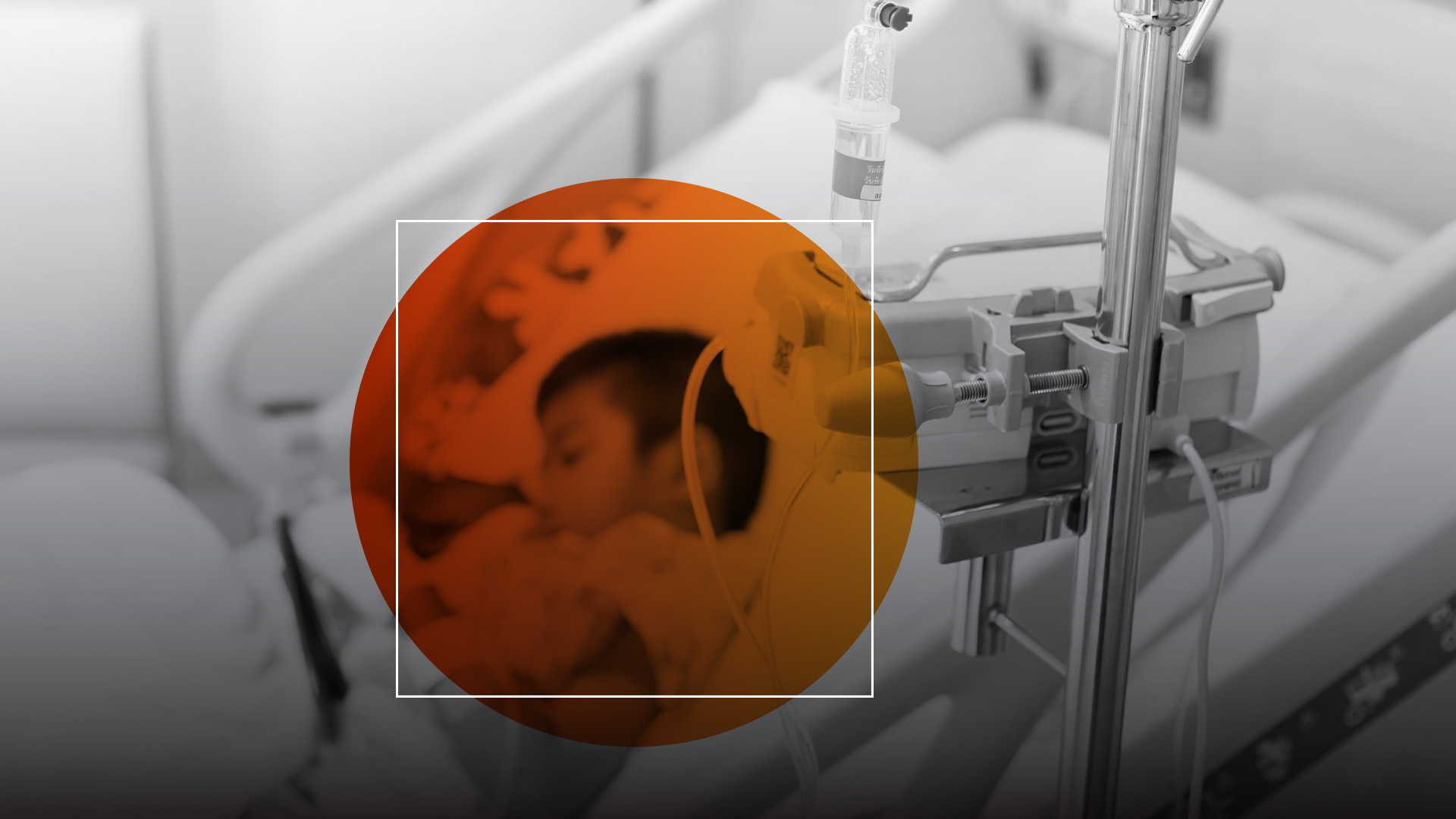Pediatric Cancers, Like All Rare Conditions, Will Benefit From A ‘Warp Speed’ Mindset
In an area like childhood cancer, broad benefits will flow from a global Warp Speed mindset that combines a spirit of urgency, coordination and imagination.
By Chris Keuker, Jane Bentley and Ray Huml

This is part of our ongoing content series from the Syneos Health Trends report.
Peter Marks, Director of the FDA’s Center for Biologics Evaluation and Research (CBER) says public-private collaboration at the right scale can galvanize rare disease research. Taking the wraps off a new CBER pilot program last fall, Marks told reporters the rare disease field needed the equivalent of an ‘Operation Warp Speed,’ the giant 2020 program that supercharged COVID-19 vaccine development.
The modest pilot program CBER unveiled last year, called Support for Clinical Trials Advancing Rare Disease Therapeutics (START), bears little resemblance to the huge COVID-19 vaccine initiative. Moreover, the focus of START is not pediatric cancers—the subject of our discussion in this blog.
But Peter Marks’ use of Warp Speed symbolism has tremendous resonance, especially on Rare Disease Day, as we contemplate the power of coast-to-coast and continent-to-continent research collaboration. In an area like childhood cancer, broad benefits will flow from a global Warp Speed mindset that combines a spirit of urgency, coordination and imagination.

Public-private backing for childhood cancers
Cancer is a rare condition in children, with just over 15,000 cases diagnosed each year in the U.S., but it remains the leading cause of death by disease among children after infancy. A variety of legal requirements and financial incentives are in place in the US and Europe to accelerate pediatric drug development. And yet, a 20-year analysis has documented a median gap of 6.5 years in the time it takes for FDA-approved cancer drugs to go from first-in-adult clinical trials to a first-in-children trial. With grim statistics like this in plain view, the FDA’s Oncology Center of Excellence (OCE) has long exhibited Warp Speed spirit in fighting childhood malignancies.
Most recently, it positioned pediatric oncology as one of nine scientific priority areas for collaboration with the external research community. OCE has cultivated a network of research stakeholders through publications, workshops, educational events, scientific presentations and technology transfer. One OCE goal is to increase the number of written requests for pediatric studies early in the process when new drugs are developed for adult cancers.
In a similar spirit, the National Cancer Institute has run a pediatric-focused program called TARGET, for Therapeutically Applicable Research to Generate Effective Treatments. Since 2007, the program has concentrated on hard-to-treat childhood cancers, aided by molecular characterization to spot genetic changes that drive disease.
One TARGET program has helped young patients with a dangerous form of acute lymphoblastic leukemia (ALL). Despite great strides against childhood ALL, these patients have a poor prognosis due to an activated tyrosine kinase (BCR-ABL). Adding the tyrosine kinase inhibitor imatinib (Gleevec) to an intensive course of chemotherapy improves patient outcomes.
Another critical area of NCI research involves hard-to-target fusion oncoproteins, which are key drivers in many childhood cancers. With backing from the Cancer Moonshot, now in its 8th year, NCI drew together specialists in cancer biology, proteomics, computational biology and pharmacology in a program called the Fusion Oncoproteins in Childhood Cancers (FusOnC2) Consortium.
Fusion oncoproteins are the products of chromosomal rearrangements that create new genes coding for oncogenic proteins. Unlike adult cancers bearing many point mutations that may be relatively easier to target, fusion oncoproteins combine two ‘normal’ proteins that are less easily ‘druggable.’ The FusOnC2 Consortium has made early strides in pediatric conditions like Ewing sarcoma, exploring techniques to degrade fusion oncoproteins that have proved effective in some domains.
Prioritizing precision medicine for pediatric cancers
Pediatric cancers form a constellation of rare conditions that take a devastating emotional and financial toll on young patients and families. For most of the past decade, US health authorities have pressed biopharma companies to speed up development of effective treatments. The Research to Accelerate Cures and Equity (RACE) for Children Act, signed into law in 2017, obliges developers of oncology products and other treatments to test their medicines in children whenever there is a relevant molecular target, unless there are strong reasons not to do so.
The RACE Act has already sparked a shift in the industry's approach to pediatric oncology. Looking at the law’s impact in 2020-2022, the US Government Accountability Office (GAO) identified 32 pediatric trials planned for adult cancer drugs. Prior to RACE, most of these studies would not have been required, the GAO surmised.
It’s hard to predict how many of the studies will bear fruit, but there’s no question the RACE Act has catalyzed a shift toward precision approaches, given that up to half of pediatric cancers harbor a potentially druggable event.
Historically, medical teams have treated most pediatric cancers with cytotoxic drugs, surgical resection, and radiation therapy. These treatments can cure childhood malignancies, or lead to prolonged remission, but with potential for significant morbidity affecting the brain, heart, lung, and kidneys, among other organs, as well as infertility and other issues later in life.
Moreover, progress against childhood cancers is unevenly distributed. For certain brain cancers, treatment protocols and survival rates haven’t changed much in 50 years, and progress against solid tumors in general has been stagnant.
Hurdles to innovation
For all the benefits promised by precision pediatric oncology, the research challenges are formidable. All childhood cancer types are rare, with trial-enrollable patients often scattered across wide geographic areas. Also, the protocols in trials for targeted biologics including cell and gene therapies may feel more daunting than conventional treatment options from the viewpoint of parents and caregivers who often make key decisions with respect to clinical trials.
Consider how families might look at an experimental CAR-T therapy for a child with cancer. As with commercially available CAR-T treatments, patients in trials face a long, complex process, perhaps spanning several months, with numerous procedures in which cells are extracted, modified and re-introduced into the body.
CAR-T has racked up some remarkable successes. Many families and physicians have been inspired by the story of Emily Whitehead, who, at age six, became the first pediatric ALL patient to be treated—and cured—with CAR-T. But the approach has been less useful in conditions such as acute myeloid leukemia.

When effective, CAR-T may spare patients exposure to toxicity and long-term side effects, compared with non-targeted treatments, but chemotherapy may be required to condition the patient’s immune system before the therapy, and may also be necessary down the road down the road if the cancer returns. These contingencies can complicate the consent process, as families struggle to understand the complex tradeoffs.
Assisting families with hard choices
Much as physicians and regulators wish to accelerate the use of leading-edge cancer therapies in pediatric patients, there are speed bumps no one can fully anticipate. In January, for example, the FDA required boxed warnings on all six commercial CAR-T therapies due to concerns about downstream T-cell malignancies. News of this development could dampen families’ willingness to participate in upcoming CAR-T trials, and it casts further doubts on the relative benefits of precision versus conventional approaches.
Amidst such challenges there are some clear pathways to progress. The FDA's endorsement of innovative trial designs in pediatric oncology, such as single arm and basket trials, is a step toward more efficient pediatric drug development in rare diseases including cancer. Basket trials, a type of master protocol, assess the impact of a single therapy against multiple disease subtypes (indications), which may be grouped based on a common molecular marker such as a gene mutation. This approach may help reduce the costs of a trial and lead to other research efficiencies. However, as we have argued elsewhere, master protocol studies in general need to better incorporate and optimize the patient perspective.
As families weigh the benefits of participating in clinical trials, sponsors and their research partners must strive to communicate some of these complexities to families, as laid out in the FDA’s Patient-Focused Drug Development (PFDD) initiative.
By embracing PFDD guidance, the industry can design trials with a deeper understanding of the participant experience, helping to capture the improvements in their quality of life and refining participants’ understanding of risks and benefits. As the patient's voice is integrated more effectively, the development of pediatric cancer therapies will hew more closely to patients’ own expectations and priorities.
Operation Warp Speed for childhood cancers
Cancer is not an enemy you can foil with a single research initiative—much less in a 6-month sprint on the model of like Operation Warp Speed for COVID-19 vaccines. Moreover, well-intentioned efforts to improve cancer drug development focused on large adult populations may inadvertently harm parallel efforts in pediatric cancer, as E. Anders Kolb, MD, president and CEO of the Leukemia & Lymphoma Society, explained in STAT.
Even so, there is no downside to imagining public-private pediatric cancer initiatives at a much larger scale than we see today—perhaps aided and enhanced by AI tools that were unavailable just a few years ago.
For example, AI affords an opportunity to review the full literature on pediatric clinical trials and assemble lists of successes and barriers. One can also imagine greater, technology-enhanced coordination as seen in other rare disease areas. The Duchenne’s Muscular Dystrophy association plans to tap into all its 15 MDA Care Centers to study all 43 diseases under their umbrella. Many of these care centers are also leading cancer centers.
Finally, there is the matter of funding. Moonshots and other large-scale initiatives are difficult to catalyze when families affected by each condition number in just tens of thousands. But our definitions drastically understate the full scale and impact of rare conditions, which affect between 25-30 million Americans. The Orphan Drug Act of 1983 should be reimagined as a starting gate, not a finish line. The symbolism of Operation Warp Speed can help us achieve this much-needed act of imagination.
We can help
Clinical trial experts at Syneos Health recognize the importance of supporting not just the patient who participates in a study but the entire family. In concert with local and global regulators, we are dedicated to understanding the nuanced benefits of treatments and contributing to the development of more effective therapeutics.
At the heart of Syneos Health’s approach is the Patient Powered Medicine initiative, a cross-functional team focused on working with and learning from patients to drive participatory research, advocacy, and innovation. Amidst robust and rising regulatory, payer and community expectations for patient inclusion across the healthcare ecosystem, our team aims to advance outcomes that matter to patients and drug developers with the skillsets, mindsets and experience needed to ensure diverse patient perspectives, preferences and needs.
We also employ a Rare Disease Consortium model to cover all of the operational and scientific aspects of clinical development and commercialization for rare diseases. The Rare Disease Consortium entails leading a virtual team drawn from across the organization to share best practices in all aspects of the development of new therapies for rare diseases, including pediatric cancers.
Contributors
Chris Keuker, Sr Medical Director, Syneos Health
Jane Bentley, VP, Therapeutic Strategy and Innovation, Oncology, Syneos Health
Ray Huml, VP, Med & Scientific Strategy, Syneos Health



